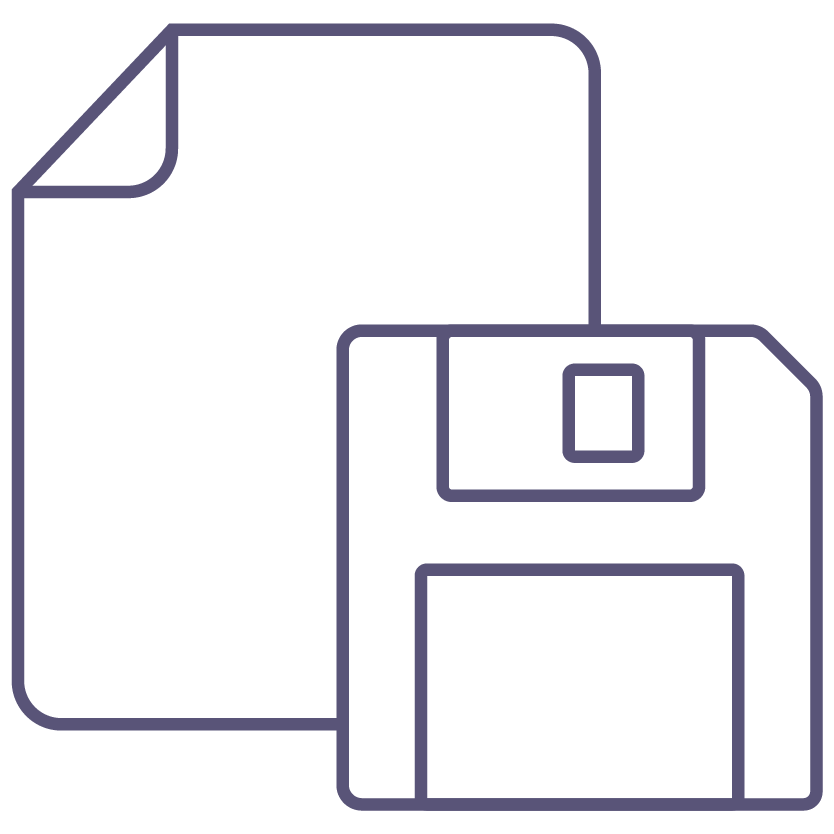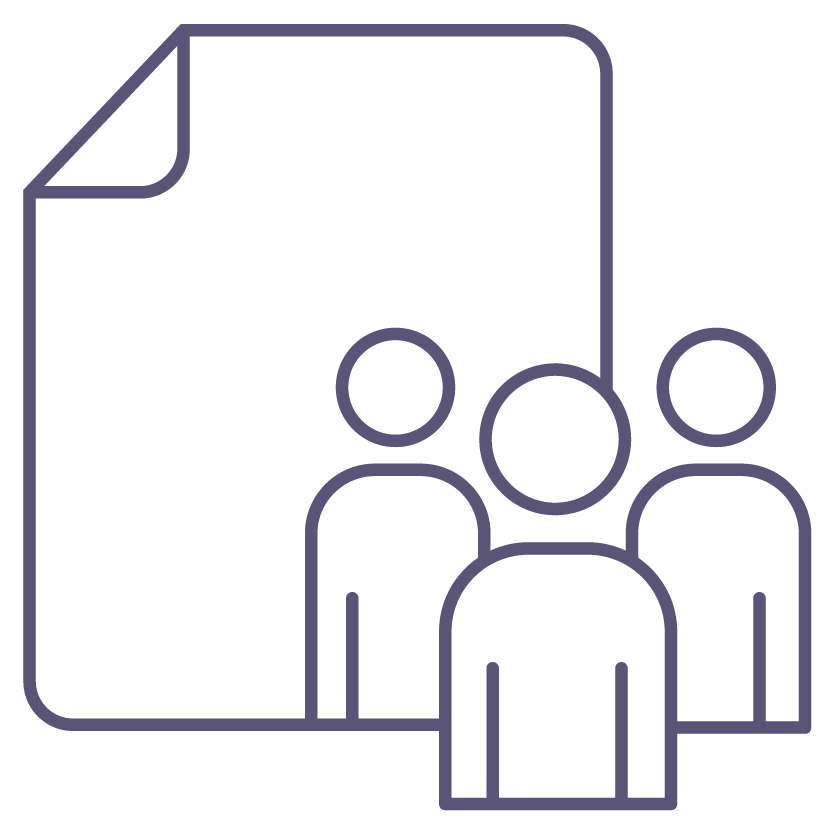Copyright laws exist to protect us. Truthfully, most of us have ignored copyright at some point. Some people don’t see the point of worrying about it, but they should.
Imagine creating something and having a stranger take it, without your permission, and present it as their own work. They don’t give you credit, and then they get paid for your idea. How would you feel? It wouldn’t be fair, but without copyright laws, you could do nothing about it.
You must understand copyright laws and know how to work with them, especially when you want to use someone else’s work for educational purposes. These are some helpful resources about copyright:
But what about Creative Commons? Does a Creative Commons license do away with copyright laws?
Creative Commons licenses allow people to make their work available more freely and flexibly than traditional copyright law typically allows. You don’t have to get permission from a copyright owner to use their work, but the owner gets to decide how you can use it.
There are six Creative Commons licenses based on four conditions. Use OER responsibly.

Make, own, and control a copy of the resource.

Edit, adapt, and modify a copy of the resource.

Combine the original or revised copy of the resource with other existing material to create something new.

Use the original, revised, or remixed copy of the resource publicly.

Share copies of the original, revised, or remixed copy of the resource with others.
*This material is based on original writing by David Wiley, which was published freely under a Creative Commons Attribution 4.0 license.
OER are free—always—with permission. But not all free resources are OER. “Free” resources may not stay free, or their conditions of use may change. OER materials can be modified, adapted, or redistributed according to their Creative Commons license—they’re “open.” Free (but not open) resources can’t be changed without permission from the copyright holder.
Reduced cost educational materials are exactly that: they don’t cost a lot. Some publishers cut the cost of etextbooks to meet university definitions for “low cost.” Other resources, like OpenStax or Open Textbook Library, publish textbooks that can be downloaded for free or printed at a low cost.
Other Popular Resources
Do you have a great lesson plan? Or an especially helpful handout? Share them under a creative commons license. Use SUNY’s workflow diagram to understand the process.
Contact Seth Gurell or Rich Paustenbaugh